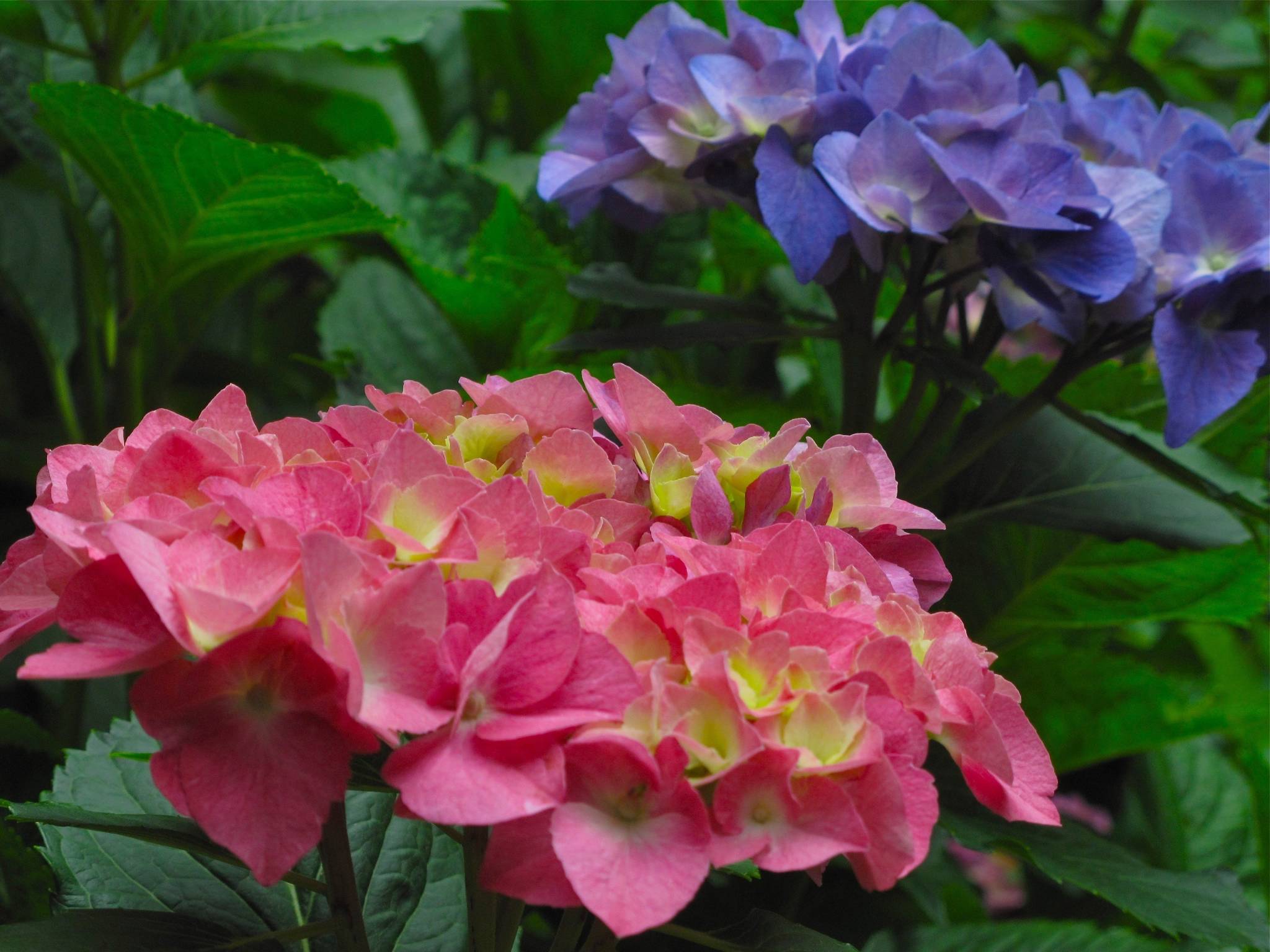The most popular element in landscape design is color, but texture is another important building block. Texture in gardening can be seen as well as felt, and is used primarily to provide contrast.
Color lacks dimension without texture, which can soften spaces, provide visual interest, fashion backdrops and set moods.
“It takes a different kind of eye to appreciate texture in the garden,” said Susan Barton, a University of Delaware horticulturist. “We’re all programmed to recognize color, but once you start looking for texture, you can appreciate it.”
Landscape design is comprised of five basic principles: scale, balance, repetition, dominance and unity, said Rebecca Finneran, a horticulturist with the Michigan State University Extension program.
“The tools we use to achieve these are use of line, form, color and texture,” Finneran said. “Leaves, flowers, stems and bark can add ‘texture’ to the visual. Certain times of year or day will accentuate this. Even a pot or paving materials can add textural differences.”
Plant texture varies from coarse to fine.
Coarse-textured favorites include cannas, elephant ear, coleus, hydrangea and horse chestnut. All are dramatic and bold.
“They draw the eye because of their differences or contrast in shape or appearance,” Finneran said. “They dominate groupings.”
Most plants are said to be medium in texture, and generally are used to link fine and coarse arrangements in large settings. Examples include impatiens, daisies, camellias and viburnum.
Fine-textured plants generally have smaller foliage. Ferns, grasses, vines, shrubs and Japanese maples fit into this category.
The subtle use of texture also can create a sense of scale and distance. Placing coarse-textured plants closest to the observer with medium plants in the middle and fine-textured assortments in the rear makes the setting appear more distant. Reversing that, with coarse-textured plants in the background and fine-textured varieties up front, tends to make gardens look smaller.
Hardscaping — using winding pathways and streams, eye-catching fountains and furniture — also produces a sense of visual texture, along with four-season interest. The same goes for foliage shape, bark surfaces and the patterns made by branches.
Even kitchen gardens can be accented by emphasizing visual texture. Dill, fennel, thyme, asparagus and lavender are fine-textured plants that are attractive in edible settings. Tomatoes, basil and peppers serve for medium texture, while lettuce, chard, corn and okra provide the coarse.
“Beets are a great example of adding colorful foliage to an edible garden,” Finneran said. “Pair this plant with a ferny-looking foliage of carrots and you’ve got a lovely design that you will eat later on.
“Purple kohlrabi is another great example — not to mention Swiss chard,” she said. “All of these add bold coarse texture with fun color that is sure to please.”
Seek out plants based on their physical characteristics. Color is good, but visual texture is more enduring.
“Whether using plants in a container, or annuals and perennials or woody plants in the landscape, making intentional choices relative to texture will ensure an eye-pleasing outcome,” Finneran said.
Online:
For more about textures in landscaping design, see this Cornell University Fact Sheet: http://www.gardening.cornell.edu/homegardening/scene43bf.html

